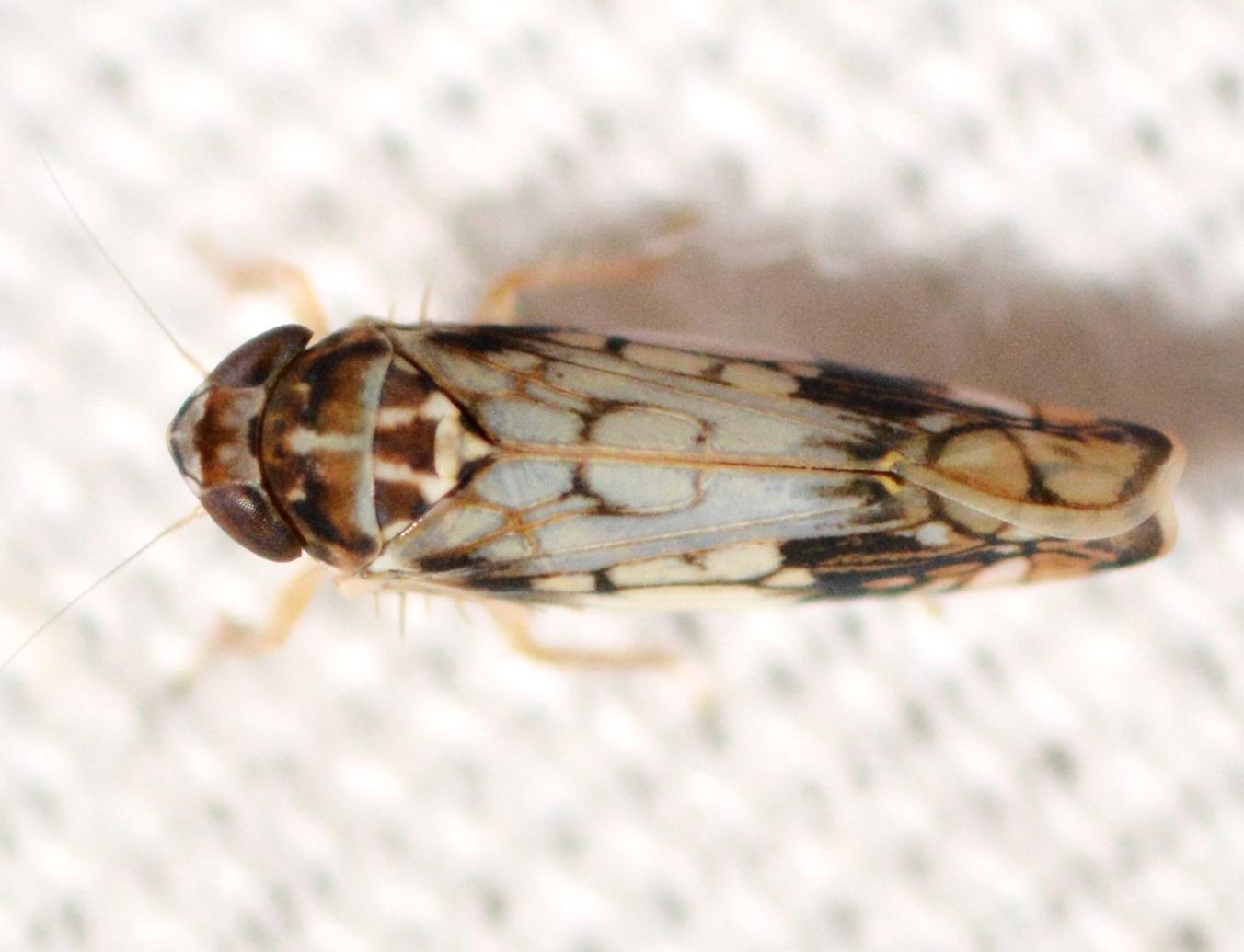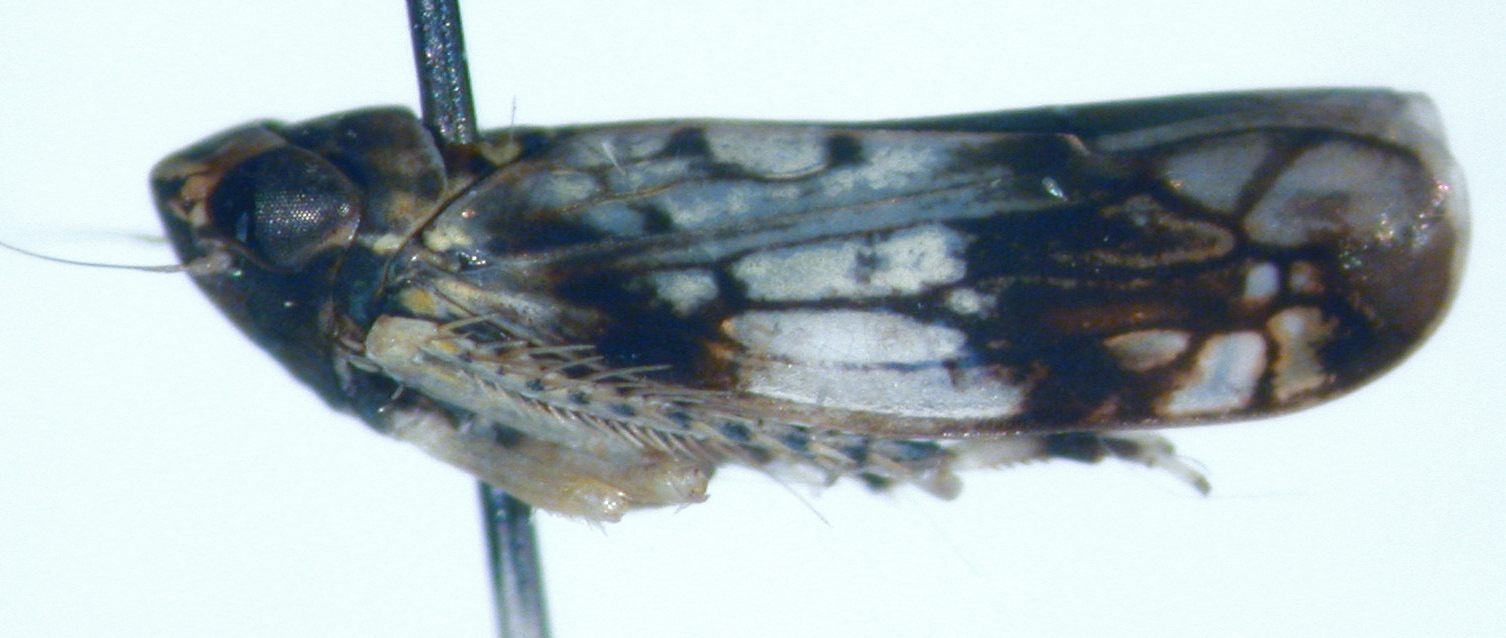| Family (Alpha): | |||
« |
 » » |
| CICADELLIDAE Members: | NC Records | |||||
|---|---|---|---|---|---|---|
Scaphoideus obtusus - No Common Name | ||||||
 © Kyle Kittelberger |  © Kyle Kittelberger |  © Bo Sullivan- note wing color, bands |  © John Petranka- note thorax pattern |
|
Hoppers of North Carolina: Spittlebugs, Leafhoppers, Treehoppers, and Planthoppers |
| Family (Alpha): | |||
« |
 » » |
| CICADELLIDAE Members: | NC Records | |||||
|---|---|---|---|---|---|---|
Scaphoideus obtusus - No Common Name | ||||||
 © Kyle Kittelberger |  © Kyle Kittelberger |  © Bo Sullivan- note wing color, bands |  © John Petranka- note thorax pattern |